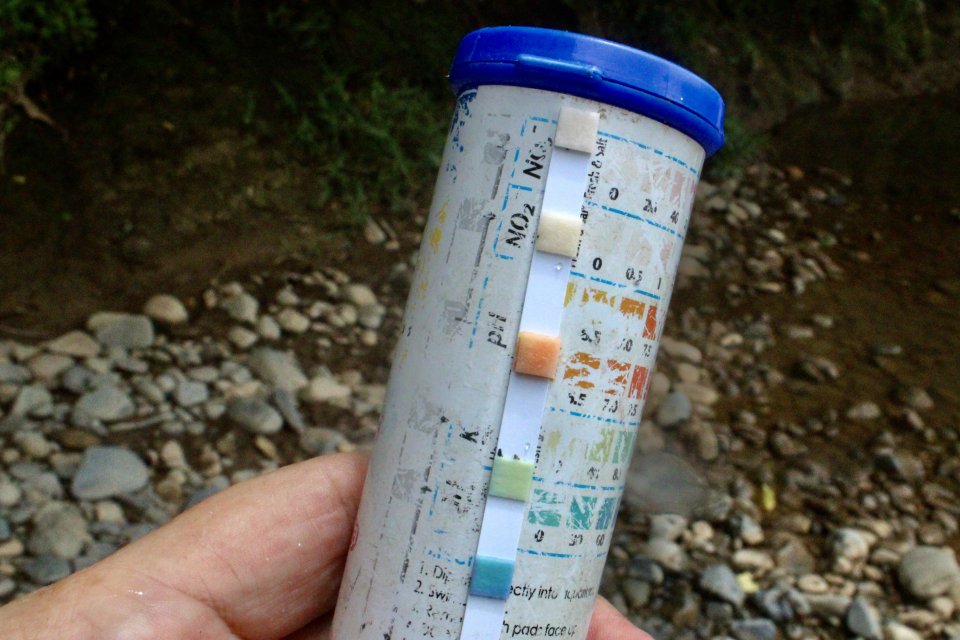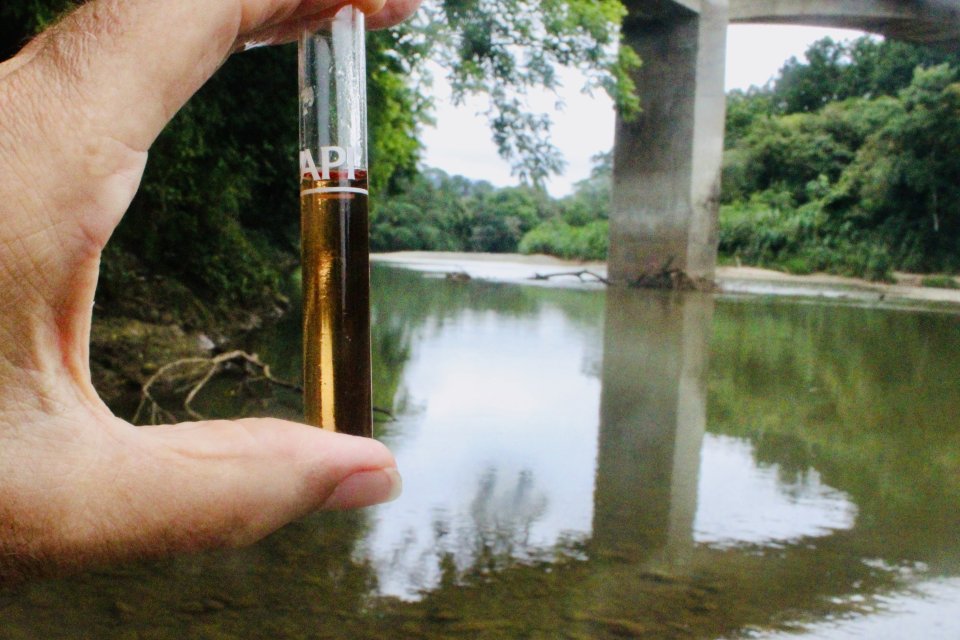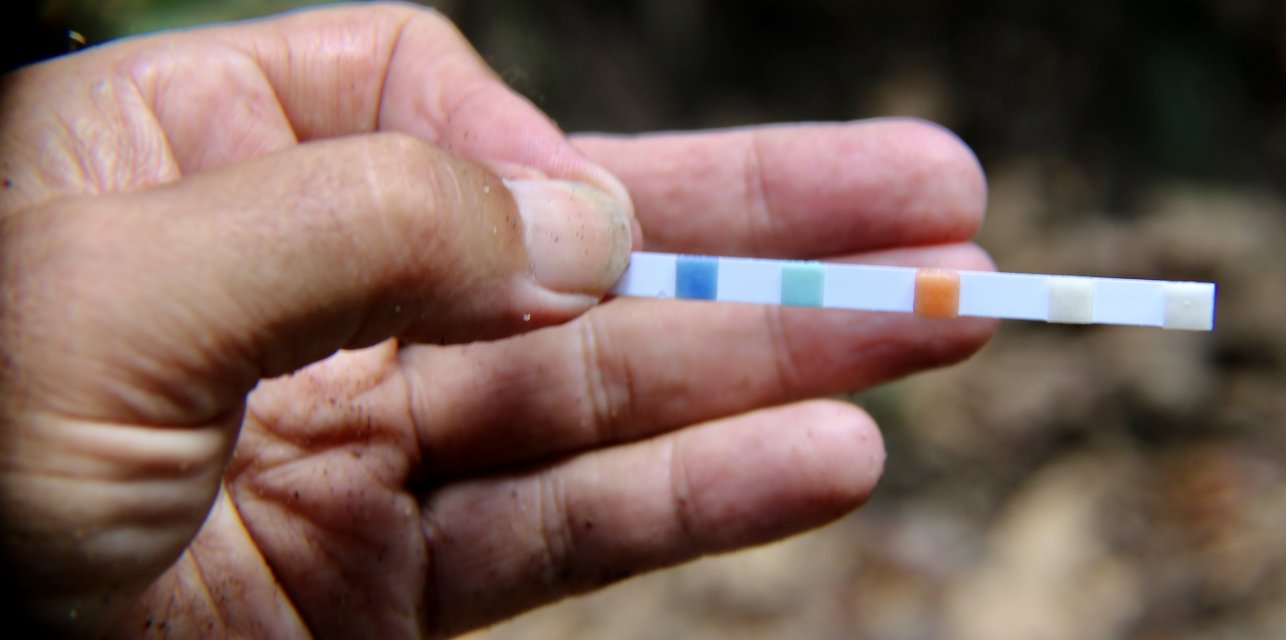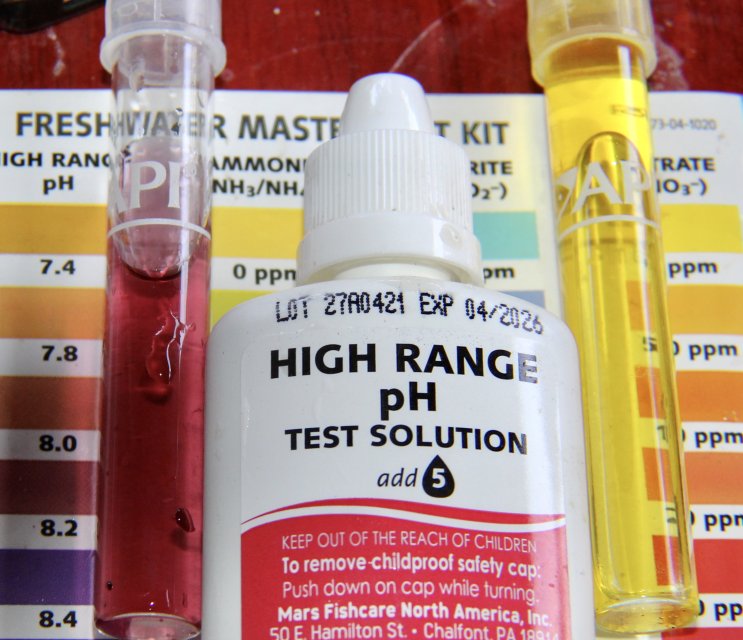Probably the wrong section but related to central american cichlid waters.
I use seachem "american cichlid salt" to raise GH levels due to only having a 2 degree hardness from the tap. I was getting this product every 8 months by the bucket due to having 6 tanks that house CA cichlids.
I know most will say why not house SA for my tap water but I'm a sucker for CA!
Now, seachem has reduced to only selling the smaller containers which price adds up pretty quickly versus the cost of the small bucket I was getting.
Question I have is can I use seachem lake salt or fritz rift lake salt to raise GH levels since it is more available in larger quantities?
Both of these products mentioned are intentionally used for rift lake cichlids of Africa. But if it raises gh for those cichlids, would central american cichlids be ok with it?
I use seachem "american cichlid salt" to raise GH levels due to only having a 2 degree hardness from the tap. I was getting this product every 8 months by the bucket due to having 6 tanks that house CA cichlids.
I know most will say why not house SA for my tap water but I'm a sucker for CA!
Now, seachem has reduced to only selling the smaller containers which price adds up pretty quickly versus the cost of the small bucket I was getting.
Question I have is can I use seachem lake salt or fritz rift lake salt to raise GH levels since it is more available in larger quantities?
Both of these products mentioned are intentionally used for rift lake cichlids of Africa. But if it raises gh for those cichlids, would central american cichlids be ok with it?






